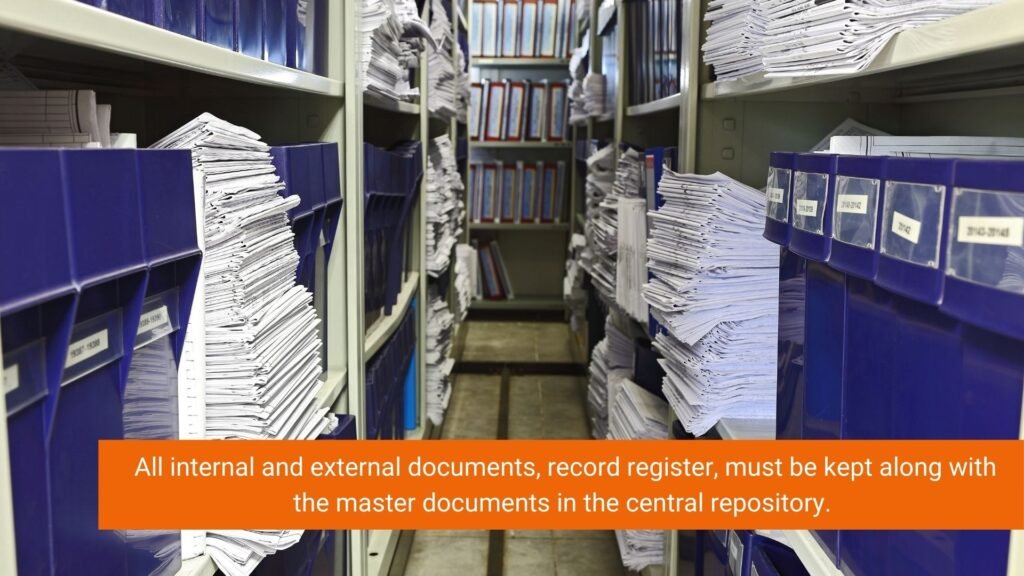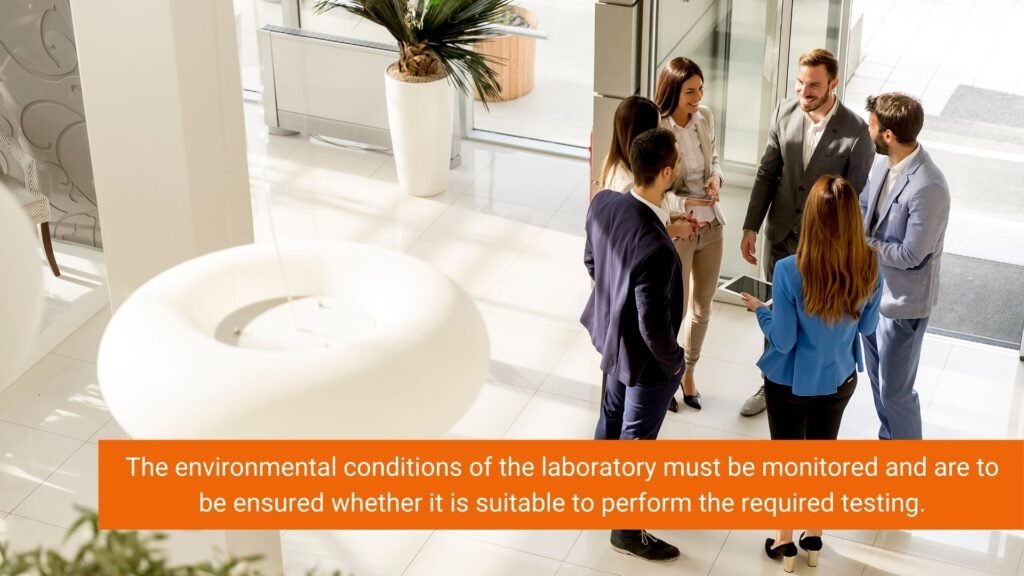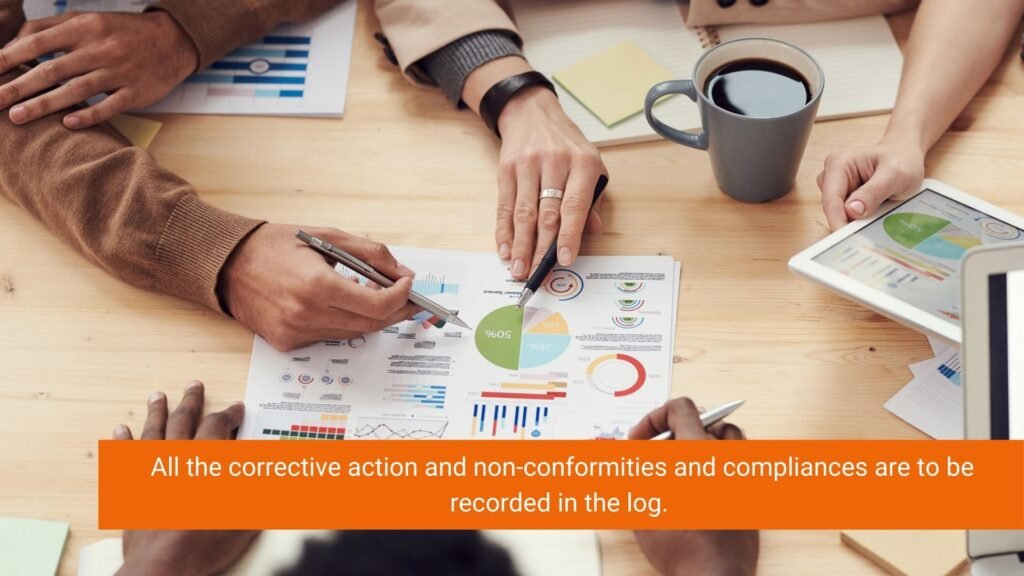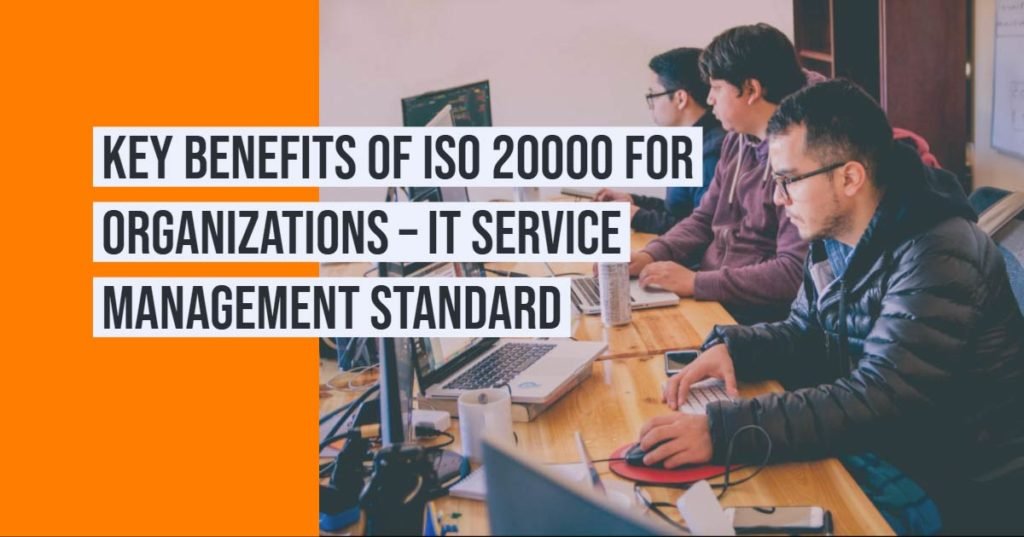ISO 17025:2017 Laboratory Testing Standard is a world-renowned ISO Certification Standard for certifying laboratories and their quality management system.
The auditing requirements and ISO Standard compliance of the ISO 17025:2017 Standard are quite complex and require the preparation of a well-structured documentation procedure for obtaining the ISO Certification.
Updating the documentation for ISO 17025:2017 is a challenge faced by every laboratory or testing center around the world. It is quite complex and tedious to keep track of the documentation of the Laboratory testing standard.
Document Requirements of ISO 17025:2017 Standard
The ISO 17025:2017 Standard requires maintaining a set of mandatory documents for compliance. The Quality Management System promotes risk-based thinking.
It emphasizes data management, record-keeping, sample management, easy information recovery and retrieval, quality of testing, etc., to determine the competence of the laboratory.
How to Structure Documents and Records?
The following parameters help in structuring the ISO 17025:2017 Documents and records.
1. Document and Record Control Procedure
The documentation of the activities of performing testing and calibration, the procedures, process, latest operations manual, etc., digital and paper-based must be stored in a central repository and must be accessible to the person concerned all the time.
Also, the organization responsibilities of the team or employees in the laboratory and how the documents are created, approved, distributed, used, reviewed, revised, disposed of must be also in the master document.

All internal and external documents, record register, and registry of documents for retention must be kept along with the master documents in the central repository.
2. Quality Policy and Objectives
The quality policy is the core document that emphasis the service quality and improvement aspect. The Laboratory’s commitment to competence and consistency is stated in the policy.
The objectives listed in the quality policy are measurable short and long-term plans for the laboratory. It is used for planning, monitoring, and assessing the progress of the laboratory.
Also, employee awareness is a major aspect of the quality policy.
3. Competence, Training, and Awareness Procedure
This documentation is to reduce human error in the laboratory, A Standard operating procedure is prepared and all personnel are provided with competence training and awareness training.
It is aimed at reducing risks involved in laboratory operations and streamline the operations.
The documentation must include the personnel requirements, training delivered, competence evaluation, training needs, continuous improvement practices, and more.
4. Products and Services Procedures (Externally Provided)
All the externally supplied items in use by the laboratory must be suitable to use and have passed the quality tests. The suppliers must undergo periodic evaluations, monitoring, re-evaluations, etc., to ensure the laboratory equipment’s, consumables, supplies are all good to use.
5. Facilities and Environmental Control Procedures
The environmental conditions of the laboratory must be monitored and are to be ensured whether it is suitable to perform the required testing and calibrations.

Environmental factors must not adversely affect the validity of test results. Ample evidence to the same and all control systems must be in place for effective unbiased testing and generating the sample results.
6. Equipment and Calibration Procedure
The devices in use must be checked for the right calibration and must be functioning the right way. A record of all equipment in use must be kept and the procedure of handling, transporting, storage, and maintenance of the equipment must be defined and practiced to prevent mal-functioning.
Periodic calibration testing and documentation of the procedures must be recorded for taking corrective actions in the future.
7. Customer Service Procedure
Recording the customer requests, tenders, and contracts is helpful to enhance customer satisfaction. The procedure can include a diagram of the process flow and all activities related to the customer service process can be listed in the procedure template.
It will help in addressing customer complaints effectively and helps in assessing customer satisfaction levels and take corrective actions accordingly. Customer service is an integral part of a quality management system.
8. Test and Calibration Method Procedure
The right test and calibration methods adopted by the laboratory must be documented. It will help in the future to serve the customers better and always to use the correct calibration methods while testing the samples.
The documentation is also in use for detailing the test method development, verification, validation, and performance assessment.
9. Quality Assurance Procedure
The quality assurance procedure checks on the validation process of all testing and calibration activities.
It includes the use of certified materials and guidelines to conduct test runs on determining the efficiency of the test centers.
10. Sampling Procedure
The systematic sampling of a smaller population of materials or parts from the chosen space under controlled conditions using statistical methods.
11. Handling of Items Received for the Testing procedure
The requirements to protect the integrity of all test and calibration items used for testing or measurement are documented.
It is developed to ensure the organizations and the customers are covered and item traceability is prioritized.
12. The complaint, Non-Conformity, and Corrective Action Procedure
All the corrective action and non-conformities and compliances are to be recorded in the log. It is an effective way to analyze the causes of a potential fault.

13. Testing Report Procedure
The specific requirements for reporting the test results are documented here. It provides the control needed to assure the report’s authenticity.
14. Calibration Report and Certificate Requirements Procedures
All the calibration reports and certificates issued for external and internal use must be prepared with the right information as per the guidance of the ISO 17025:2017 standard.
15. Internal Audit Procedure
All the audit-related activities that include writing the audit program, selecting the auditor, conducting audits and reporting, etc. must be documented for future use.
16. Addressing Risks and Opportunities Procedure
This procedure helps in identifying and addressing the risk and opportunities of the standard. It helps in taking a risk-based decision-making approach in dealing with the daily operations of the laboratory.
17. Management Review Procedure
To ensure continuous improvement to the laboratory’s quality management system conducting a periodic management review meeting is essential. It will help in taking corrective actions and deploy new technology to strive ahead.
Hence, in a nutshell, to structure an effective ISO 17025:2017 Standard documentation the organization can follow the above checklist. To know more about the implementation and ISO 17025:2017 Standard talk to our expert team right away!
Contact Us: Aurion ISO Consultants



